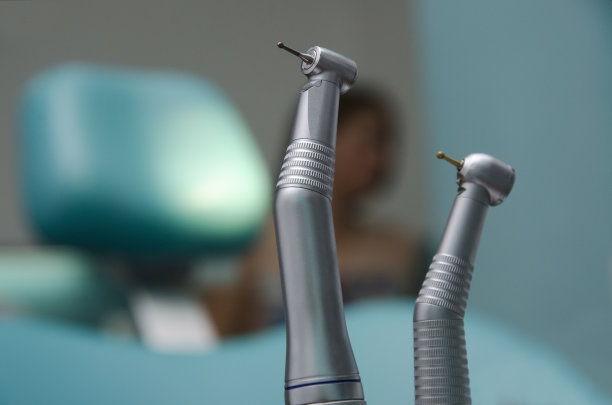Essential Guidelines to Follow After Dental Filling to Ensure Optimal Healing and Longevity of Your Dental Work
Summary: After receiving a dental filling, it is crucial to follow specific guidelines to promote optimal healing and ensure the longevity of your dental work. This article examines essential advice that includes post-treatment care and dietary modifications for your dental health. Additionally, we will explore the importance of maintaining dental hygiene and scheduling follow-up visits to monitor the fillings condition. By adhering to these recommendations, patients can facilitate healing and prevent potential complications associated with dental fillings.
1. Essential Post-Treatment Care Instructions

Following the placement of a dental filling, it is vital to allow your mouth to recover properly. Do not immediately chew or bite on the treated side for at least 24 hours. This precaution helps avoid dislodging the filling or causing unnecessary discomfort. Using the side of your mouth that wasnt treated can assist in relieving pressure on the filling as healing starts.
Avoid hot and cold foods shortly after the procedure. This is particularly crucial if you have received numbing agents, as you might not be able to feel temperature changes adequately. Consuming temperature extremes may result in trauma to the sensitive nerves surrounding the filling.
Additionally, soreness at the filling site can be common in the initial days following treatment. Over-the-counter pain relievers can be used, but its essential to stay within the recommended dosage and consult your dentist if the pain persists or intensifies.
2. Dietary Adjustments to Consider
Your diet plays a significant role in the recovery and durability of your dental filling. Immediately after your filling procedure, it is advisable to consume soft foods like yogurt, mashed potatoes, and smoothies. These foods are less likely to irritate the filling and allow your mouth to heal without further stress.
Try to limit sugary and acidic foods and beverages, as these can degrade the filling material over time and lead to further dental issues, such as cavities. Foods such as candy, soda, and citrus fruits should be avoided, or at least consumed with caution during the healing phase.
When resuming a regular diet, integrate foods that are high in calcium and vitamin D. These nutrients help strengthen your teeth and jaws, promoting better overall dental health. Incorporate dairy products, leafy greens, and fortified cereals to support recovery effectively.
3. Maintaining Excellent Dental Hygiene
Maintaining a solid oral hygiene routine is crucial after getting a dental filling. Proper brushing and flossing help old food particles and bacteria that can cause decay or infection, ensuring that the area around the filling remains clean. Make sure to brush twice daily with fluoride toothpaste to protect your teeth.
Be gentle around the filling for the first few days. If you experience sensitivity, consider using a soft-bristled toothbrush to avoid aggravating the area. Avoid vigorous brushing, as this may lead to additional discomfort and damaging the filling.
Flossing is equally essential as part of your dental hygiene. Make sure to floss carefully around the filling without applying excessive force, which could potentially dislodge it. Using waxed dental floss can be gentler on the area while still effectively removing debris and preventing plaque buildup.
4. Importance of Regular Follow-Up Visits
Regular follow-up appointments with your dentist play a significant role in monitoring the condition of your dental fillings. Scheduling a visit about six months after your procedure allows your dentist to check for any signs of deterioration or complications that might arise.
During these visits, your dentist can also provide professional cleaning, removing any tartar that may have built up and helping to maintain oral health. This preventive care measures the best way to prolong the life of your filling and avoid future dental problems.
Remember, if you encounter any discomfort, sensitivity, or noticeable changes in the fillings appearance, it is crucial to contact your dentist immediately. Early intervention can prevent more severe complications and ensure the longevity of your dental work.
Summary:
In conclusion, adhering to essential guidelines after a dental filling is imperative for ensuring proper healing and the longevity of your dental work. From post-treatment care and dietary adjustments to maintaining stringent oral hygiene, these practices can significantly contribute to your overall dental health.
Regular follow-up visits to your dentist will also play a crucial role in identifying and addressing potential issues early on. Prioritizing these recommendations ensures a healthier, brighter smile for the long term.
This article is compiled by Vickong Dental and the content is for reference only


